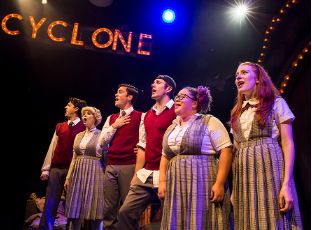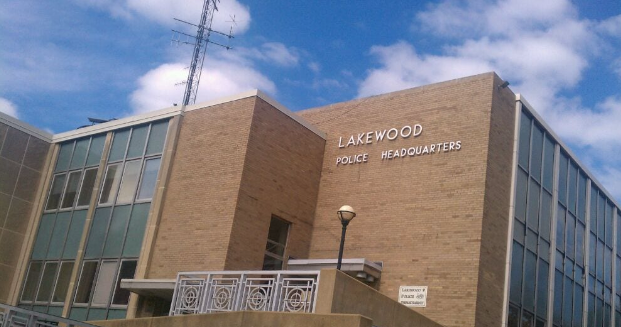Every year on February 2nd, Phil emerges from his house in Punxsutawney, Pennsylvania. If he sees his shadow, six more weeks of winter are to be expected, and if he doesn’t see his shadow, then we can count on an early spring. This Groundhog Day, like most others, Phil saw his shadow, so if you trust the most famous woodchuck weatherman in the country, then you can count on there being six more weeks of winter.
This holiday, although not important enough for a day off of school, is worthy enough to be celebrated by Bill Murray in his movie “Groundhog Day.” It is often wondered how this unique yet exciting tradition even began…
In ancient Christianity, candles would be blessed and distributed in order to protect people from winter and predict how long it would last. Then the Germans took this annual tradition even further; they determined that in place of a candle, they would have a hedgehog predict the longevity of winter. When German settlers migrated to Pennsylvania, they had to instead use a groundhog because Pennsylvania was in short supply of hedgehogs.
Members of the group “The Punxsutawney Groundhog Club” determined that Phil was the only groundhog who could truly predict the weather every year, so since then, the groundhog deemed worthy of the title of “Phil” would be the weatherman every year. The first official Groundhog Day that took place in Punxsutawney, featuring Phil, was in 1887, and since then we have put our faith in a the predictions of the groundhog every year on the second day of February.

































